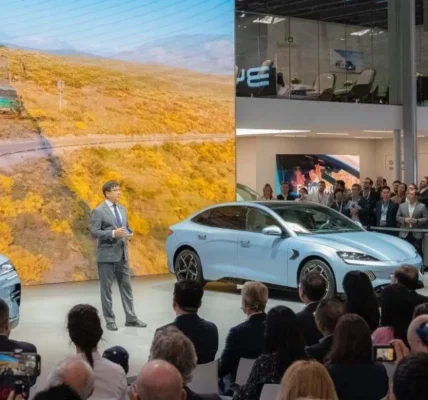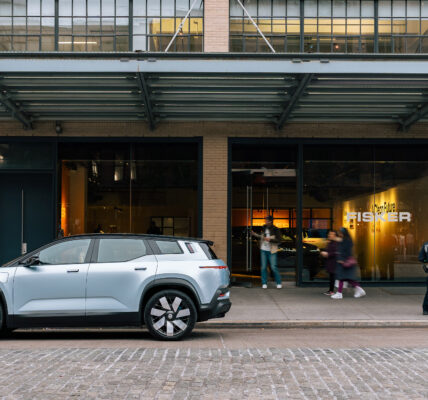As part of the European Union’s target to reduce greenhouse gas emissions by 55 per cent by 2030 compared to 1990 levels, it plans to mandate that an EV charging station must be installed every 60 kilometres along core EU 27 country-connecting corridors (dubbed the ‘TEN-T network’).
Each site should have at least 400kW total output capacity (distributed across multiple stations) by 2026, with output to increase to 600kW by 2028.
The new rules aim to lift public EV charging infrastructure availability and ease-of-use to traditional fuel stations in Europe.
With battery-electric and hydrogen powered trucks and buses also growing, the EU will also mandate the need to have charging facilities every 120 kilometres on half of main EU roads by 2028 with 1400kW to 2800kW power output depending on the road.
EU countries also need to ensure that hydrogen refuelling stations along the core TEN-T network will be deployed at least every 200 kilometres by 2031.
Meanwhile, in the United Kingdom, a similar policy has been in development since 2021 – but aims to mandate a minimum of 99 per cent reliability for public charging infrastructure, alongside a 24/7 helpline, payment standards.
It also investigates whether government intervention is needed for ensuring accessibility for people with a disability, weatherproofing, lighting, and signage.
In Australia, the federal government has partnered with the NRMA in a $100 million region-linking project to have at least two EV charging stations every 150 kilometres across regional and remote areas.








